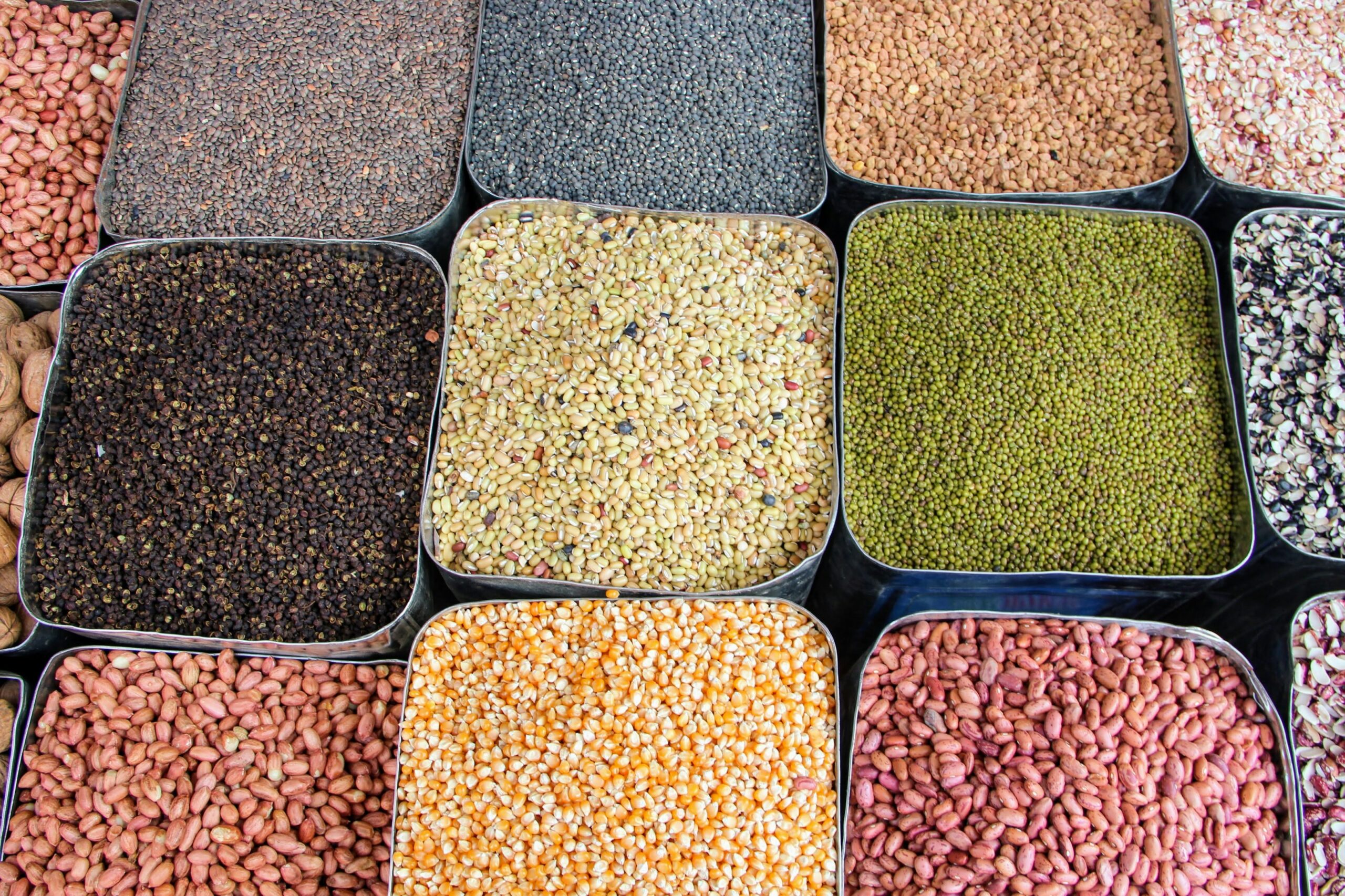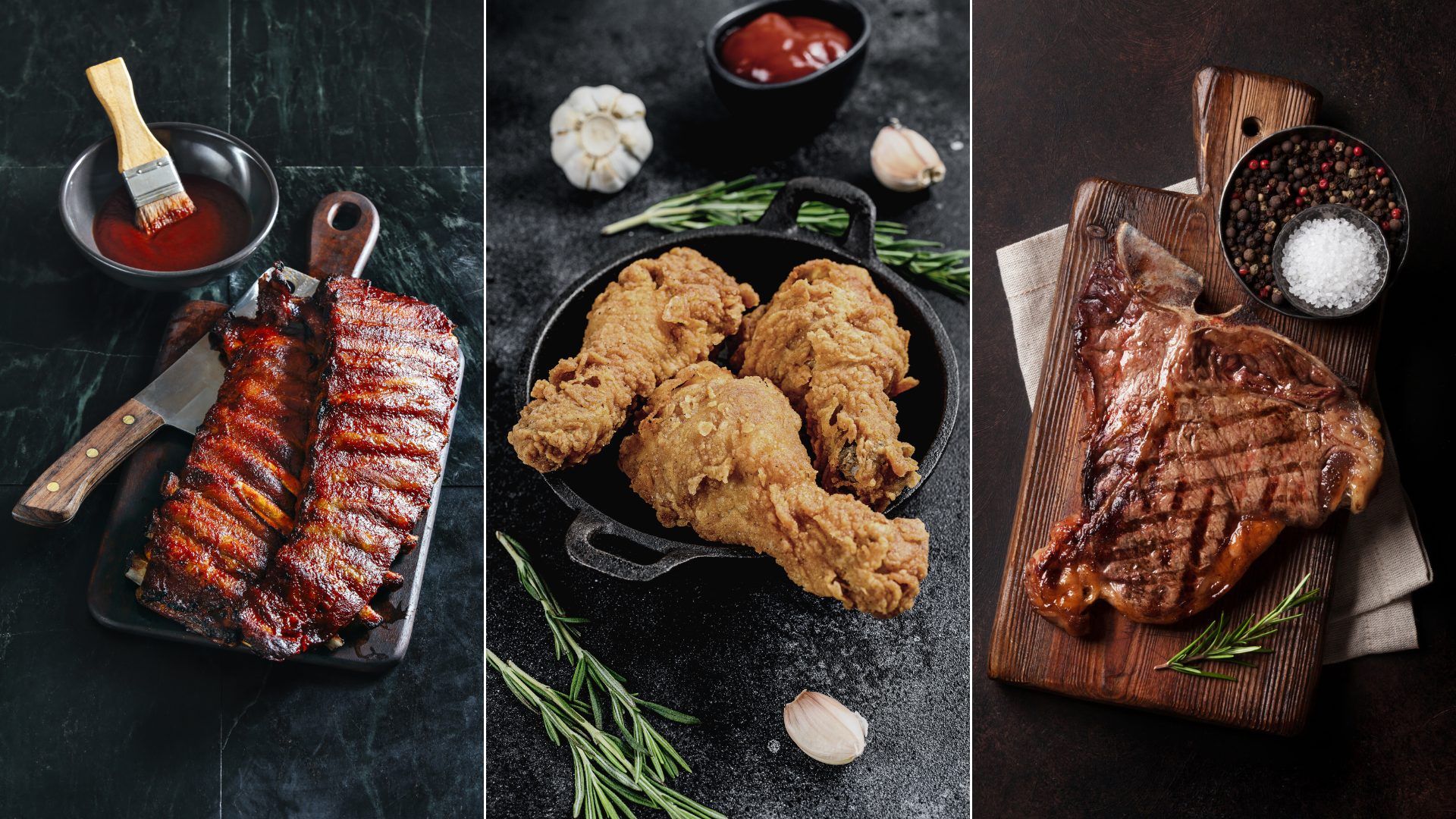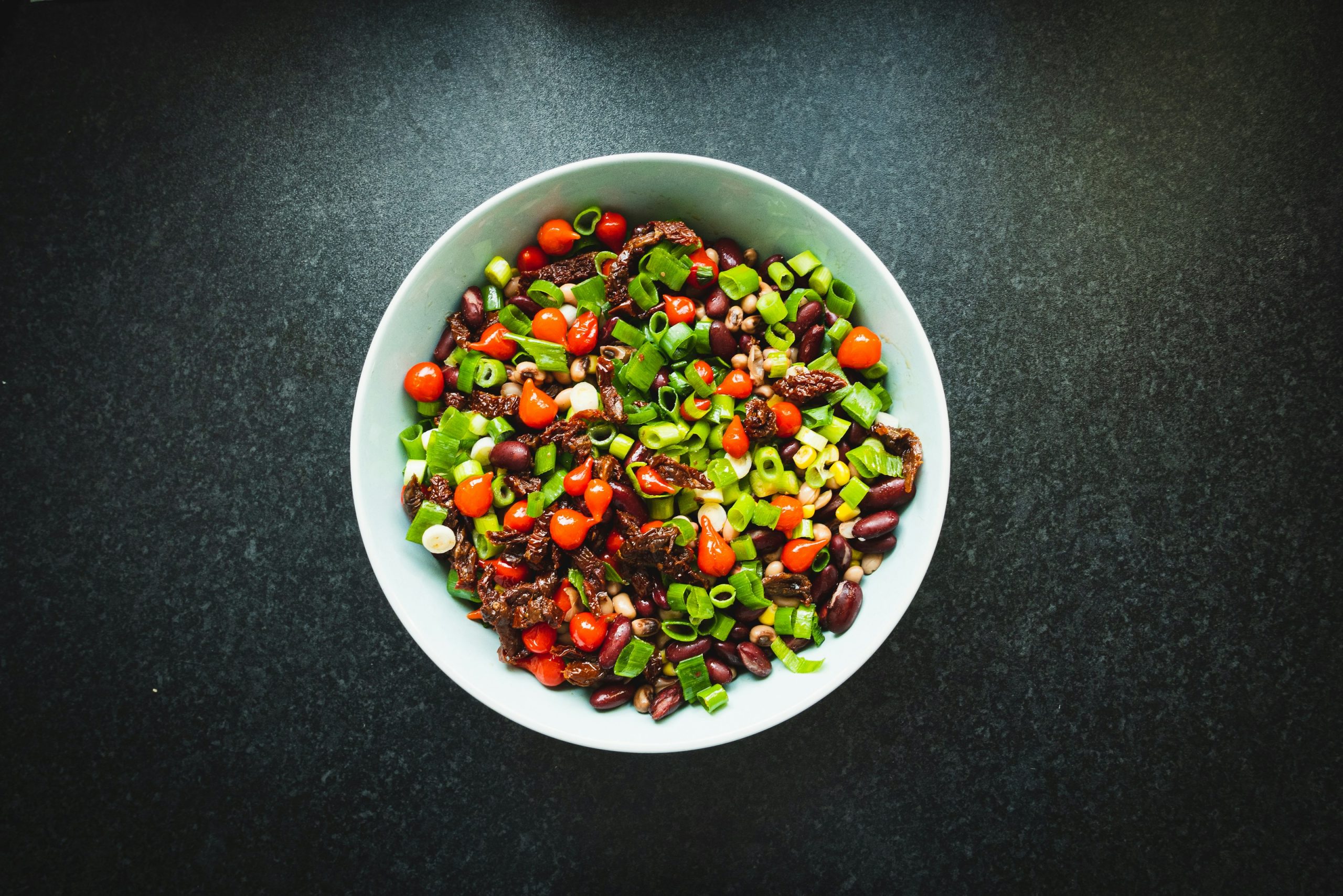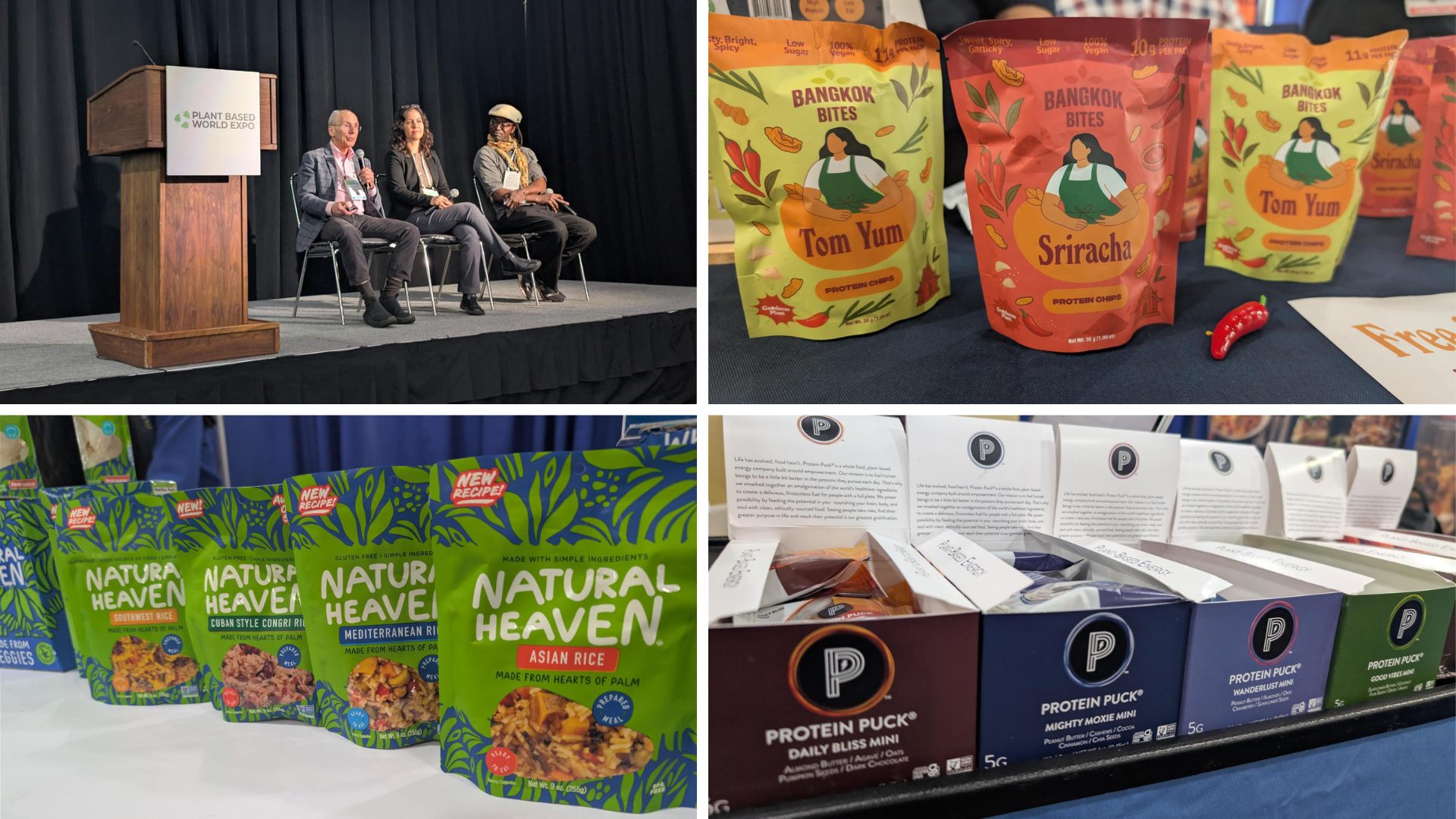What happens when you combine ongoing inflation with America’s growing obsession with protein and gut health? Beans become really popular.
While we’ve known for a while now that beans and other legumes can help lower blood pressure and cholesterol levels, recent research suggests that regular consumption of them may also reduce the risk of obesity, colon cancer, and cardiovascular disease – on top of supporting a healthy gut.
Let’s dig into some of the most notable perks of this plant-based powerhouse.
High-Fiber, Low-Cost
Gut health is all the rage for health-conscious Americans right now, and for good reason. A balanced gut microbiome not only aids in digestion and the absorption of nutrients but also improves mental health and quality of life – however, many of the most trendy fiber-rich solutions like prebiotic sodas remain unaffordable for the cash-strapped crowd.
That’s where beans come in. While most prebiotic sodas contain only 2-5 grams of fiber per can, a 12-pack costs $20-30, making that $0.94 can of black beans (with 15g fiber per serving) look pretty appealing.
Garbanzo beans are another affordable legume with an impressive fiber profile, supplying 12 grams per serving at a similar price point.
Carrie Daniel, an epidemiology professor at the University of Texas MD Anderson Cancer Center, told The Wall Street Journal that beans “keep the beneficial players happy and functioning in the gut microbiome.”
And the nutritional benefits extend well beyond fiber.
High-Protein, Low-Fat
Beans and other legumes are also low in fat yet high in protein – satisfying yet another American obsession.
According to the research firm The Hartman Group, around 60% of American consumers are actively trying to increase their protein intake.
“Our country is protein obsessed, far more than any other developed country,” said SPINS CEO Jay Margolis during his keynote presentation at the 2024 Plant Based World Expo in New York City.
In addition to their high protein content, beans are also an excellent source of folate, potassium, and iron – making them a nutrient-dense staple for folks following plant-based diets who are struggling to consume enough iron, which is most abundant in animal-based foods.
From Pantry Stowaway to Social Media Sensation
While dietitians and other health experts are obviously on board with the health benefits of beans and other legumes, they aren’t alone.
As a matter of fact, there’s a TikTok account that entirely revolves around “dense bean salad recipes,” and it’s already managed to amass over 2.7 million followers.
It’s clear that beans are having a moment – however, not everyone is excited about it.
Beans vs. Beef
The federal government is expected to unveil its updated dietary guidelines next year, and the nutrition scientists working on the initiative have allegedly proposed moving “meats, poultry, eggs” to the bottom of the protein category while promoting plant-based protein sources like beans, peas, and lentils as healthier options.
National meat industry groups were quick to vocalize their opposition to the proposed updates, with the National Cattlemen’s Beef Association dubbing the recommendations “unhinged.”
However, given the recent slump in U.S. beef production due to drought, with herds dwindling to their smallest numbers since the 1950s, meat enthusiasts may need to turn to plant-based protein sources like beans and other legumes to some extent to fill in their nutrient gaps.
The Food Institute Podcast
Restaurant results for the second quarter weren’t stellar, but people still need to eat. Are they turning to their refrigerators, or are restaurants still on the menu for consumers? Circana Senior Vice President David Portalatin joined The Food Institute Podcast to discuss the makeup of the current restaurant customer amid a rising trend of home-centricity.












